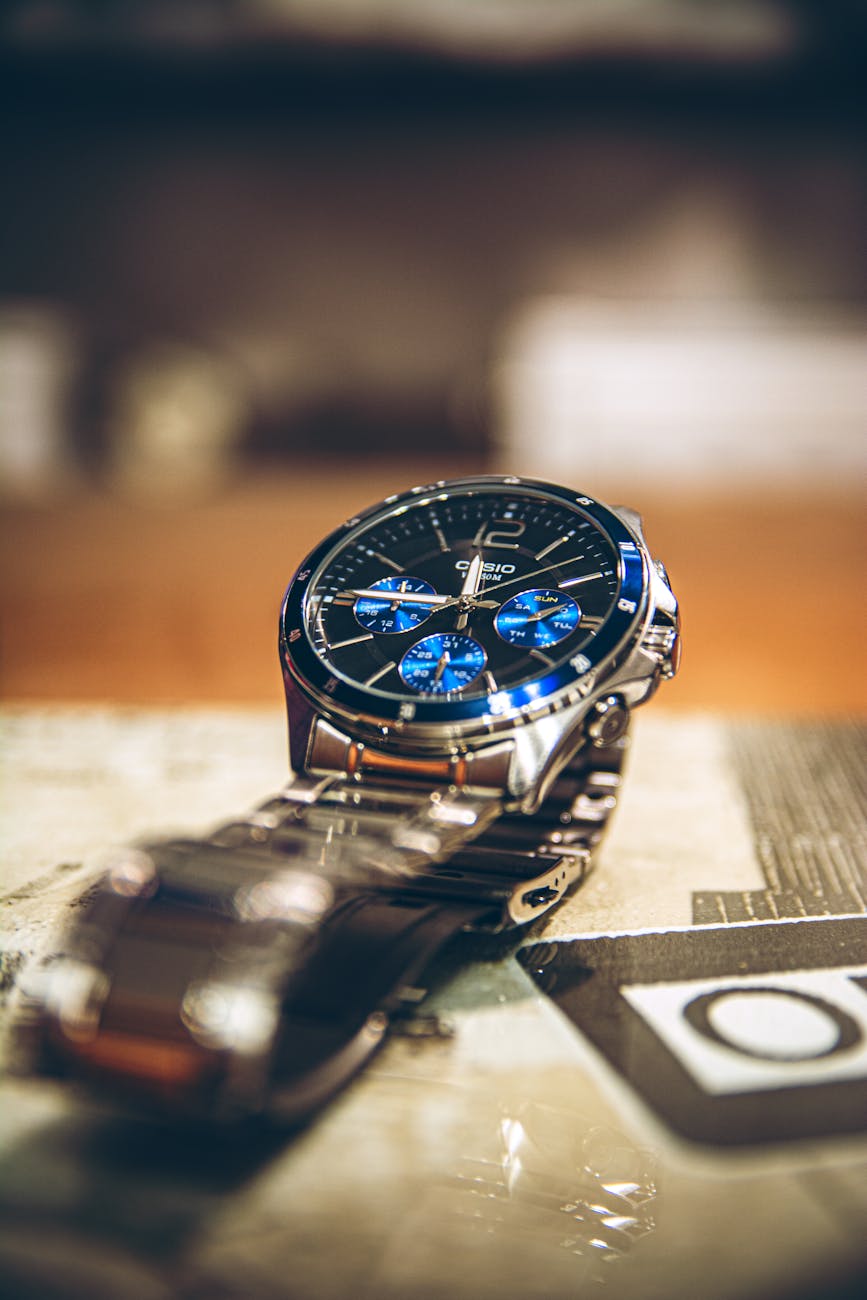Well the standard trick for sharpening photos is the wonderfully named unsharp mask (ugh what a name), but there have been better approaches. Adobe Photoshop implements something called Smart Sharpen and there are lots of papers on the topic. For a while I used FocusMagic but they don’t have version for the Intel Mac. So on to searching:
- Ron in says, he liked FocusMagic, then Sharpener Pro but now likes InFocus
Normally for noise (which I don’t have that much of in most shots), I just use DxO’s automatic noise filter as this makes it basically a single step to get images out. But I have bought Noise Ninja and use it occasionally for night shots. The main pain is that it needs TIF files, so a bit painful to use as you have to go through DxO then to massive TIF files before you get a JPG. CR2s for whatever reason are much smaller (25MB) vs. TIFF (125MB) per image.
As another aside, I’ve been using DxO for most of this as I’ve said, but I’ve also been scanning images with my old Minolta Dimage 5400 and Vuescan. It’s been going pretty well and high quality SLR images are good. The main problems have been white balance and also figuring out how to set the parameters for high quality. I’ve settled on 5400 dpi (even though most of the blogs I’ve read said you only need 4000, this isn’t on option natively, there is just 2700 and 5400). I also use this multi-exposure and also 3 samples so the scans are slower. I also use Digital ICE which removes dust (you should probably edit each photo by hand, but I’ve boxes and boxes of negatives that are 50 years old). Maybe I should buy a book on tuning Vuescan. Some guys go all out on negative processing and produce massive TIFs which they edit with PerfectScan in Adobe. I’ve got too many photos for that sadly.





